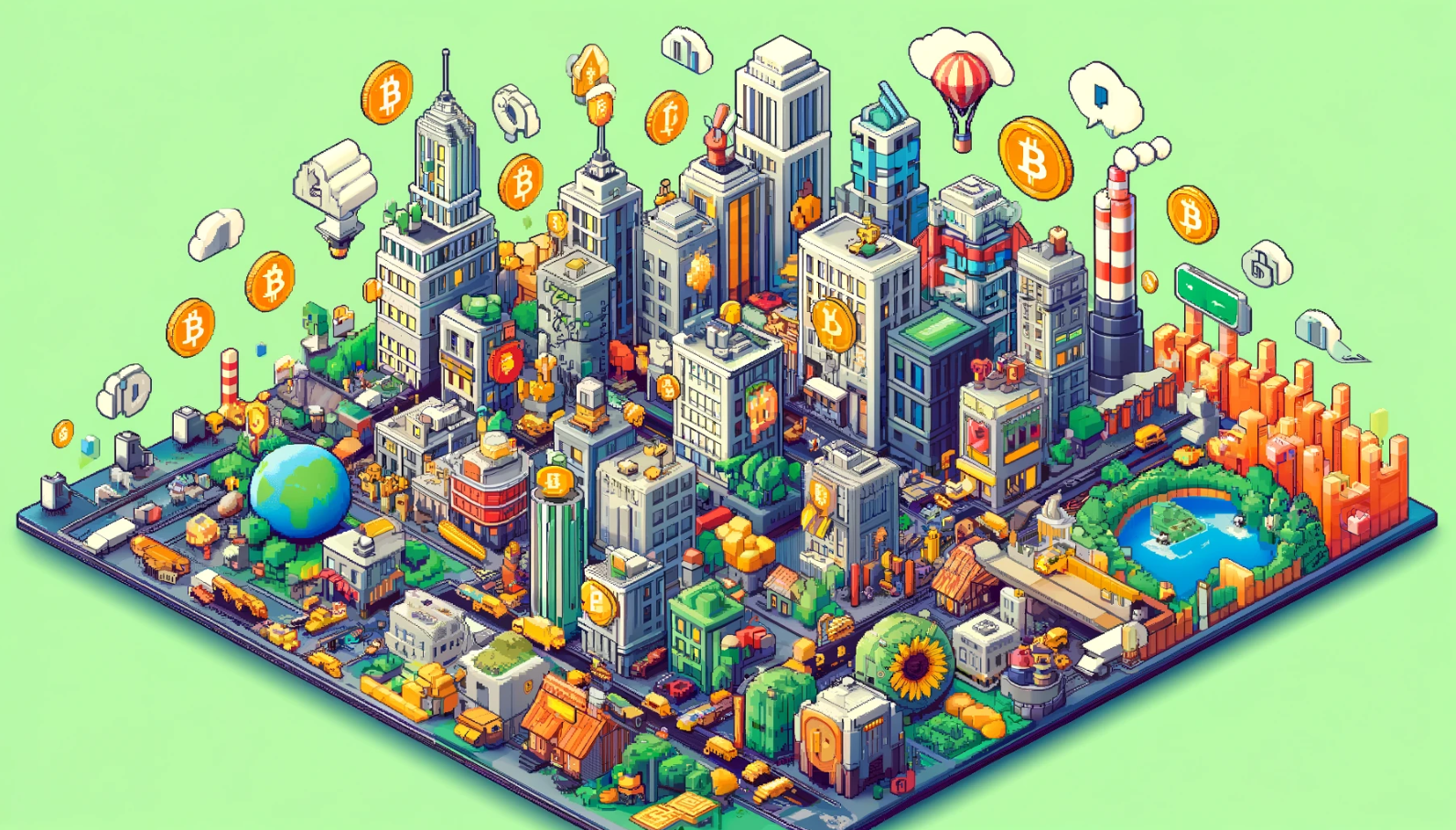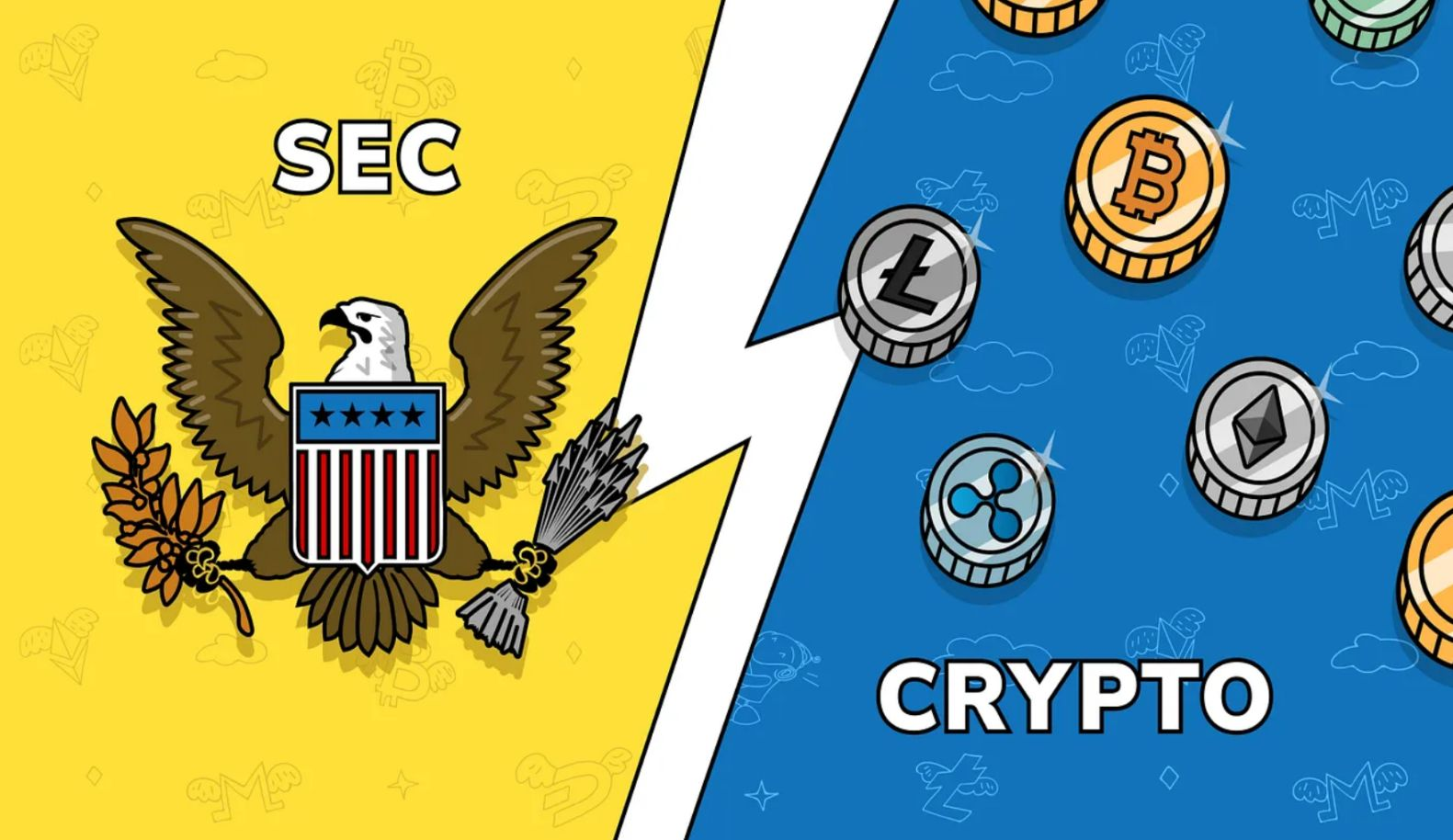
Beyond Runes: How Much Do You Know About These BTC Ecosystem Terms? (Ⅱ)

In the recent Bitcoin halving event of 2024, the Runes protocol notably stole the spotlight. Buyers offered extraordinarily high gas fees to aggressively purchase BTC inscribed under the Runes protocol, enabling miners to achieve historically impressive earnings despite the coin price stagnating and blockchain rewards halving. Many people began to delve deeper into the Bitcoin ecosystem from this point. In our last issue, BITMARS introduced Satoshi, Rare Satoshis, Ordinals, Casey Rodarmor, and Runes. Let’s continue this discussion.
- BRC-20
BRC-20 is an experimental standard for creating and transferring fungible tokens on the Bitcoin network. It was introduced by an anonymous developer named Domo in March 2023, aiming to mimic Ethereum’s ERC-20 standard. Unlike ERC-20, which uses smart contracts, BRC-20 tokens are created by encoding JSON data onto the satoshis (smallest units) of the Bitcoin network.
- Domo
Domo is the creator of the BRC-20 protocol. Since developing BRC-20, Domo has remained anonymous and has also established a foundation, the Layer 1 Foundation, to assist with the governance of BRC-20.
- UTXO
Unspent Transaction Outputs (UTXO) refers to transaction outputs that have not been spent and represent amounts of Bitcoin that can be used as inputs in new transactions. Bitcoin’s transaction model is based on UTXOs, where each transaction starts by referencing outputs from previous transactions as its inputs and ends by creating new UTXOs, which can be used in future transactions.
- Atomicals
The Atomicals protocol allows for the creation and management of digital assets called ARC-20 on the Bitcoin blockchain. These assets use the UTXO model and can store multiple files, making them suitable for more complex applications. Unlike BRC-20 and Ordinals, Atomicals’ AVM design is meant to provide greater flexibility and scalability, enabling smart contract-like functionalities for more complex digital asset management. Compared to Casey and Domo, the author of the Atomicals protocol, Arthur, is even more anonymous, never appearing in public or at offline events.
- Lightning Network
The Lightning Network is a “second-layer” payment protocol built on top of the Bitcoin blockchain, designed to enable instant, high-throughput micropayments. By creating a network of payment channels, the Lightning Network reduces congestion and fees on the blockchain, making small-scale payments economical and fast.
The BTC ecosystem is becoming increasingly diverse and profound. The emergence of new technologies, protocols, and innovations can potentially create new opportunities. Join us next time as we continue to explore “Beyond Runes: How Much Do You Know About These BTC Ecosystem Terms? (Ⅲ)”.
This concludes the BTC ecosystem terminology section organized by BITMARS for our miner friends. Stay tuned to learn more. BITMARS is a globally renowned crypto miner trading company. We provide comprehensive, professional, timely, and cost-effective mining machine purchasing and hosting services to maximize your profits!
At BITMARS, we value each client who has come to us, we listen and care what they think. At BITMARS, we never see ourselves as simply a “seller” for miners, we are dedicated to becoming a leading mining solution provider who can bring and create values for our customers’ mining journey.








